So much jargon!

Travel system, carrycot, iSize. . . .it's baffling isn't it? Becoming a parent for the first time can feel like trying to learn a whole new language. Never fear our handy guide to some of the most commonly used jargon will get you up to speed in no time, and don't worry there isn't a test at the end.
2in1: A 2in1 pram features 2 main components, the chassis and a convertible carrycot/stroller seat. 2in1's are ideal for parents to be that don't want a pram with separate pieces that they may need to store at a later date. The draw back on some, but not all 2in1's is that sometimes the comfort or features can be limited.
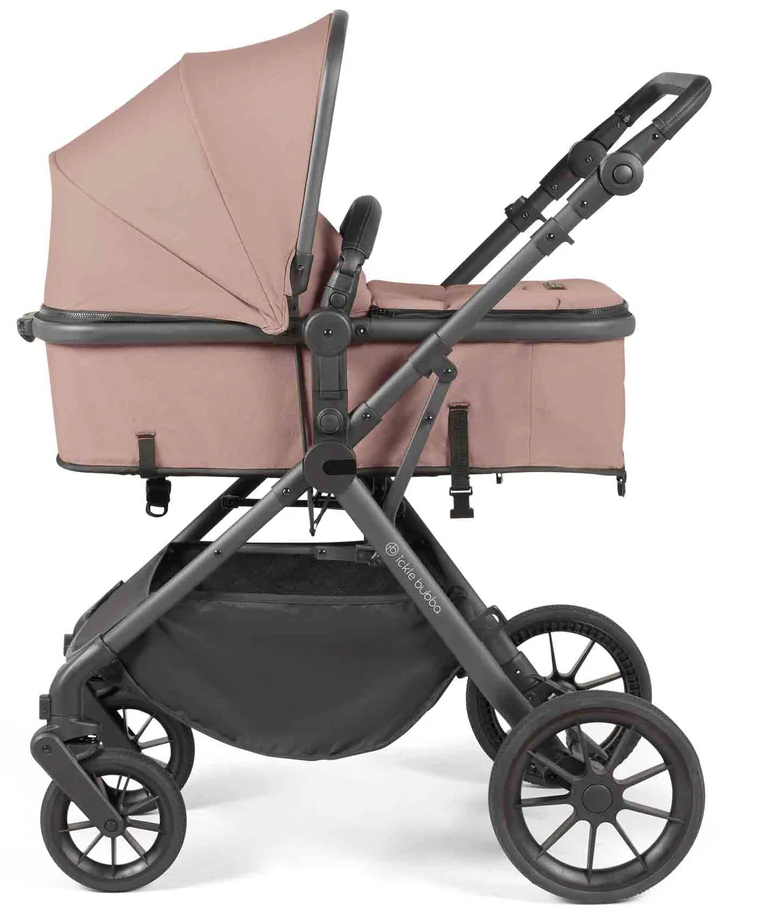
The example above is an Ickle Bubba Cosmo 2in1
3in1: Unlike the 2in1 above a 3in1 features separate pieces for the carrycot and stroller. In most cases this will mean enhanced comfort or features but result in items having to be stored before or after use. 9 out 10 of our most popular prams are 3in1's making them much more popular with parents to be.
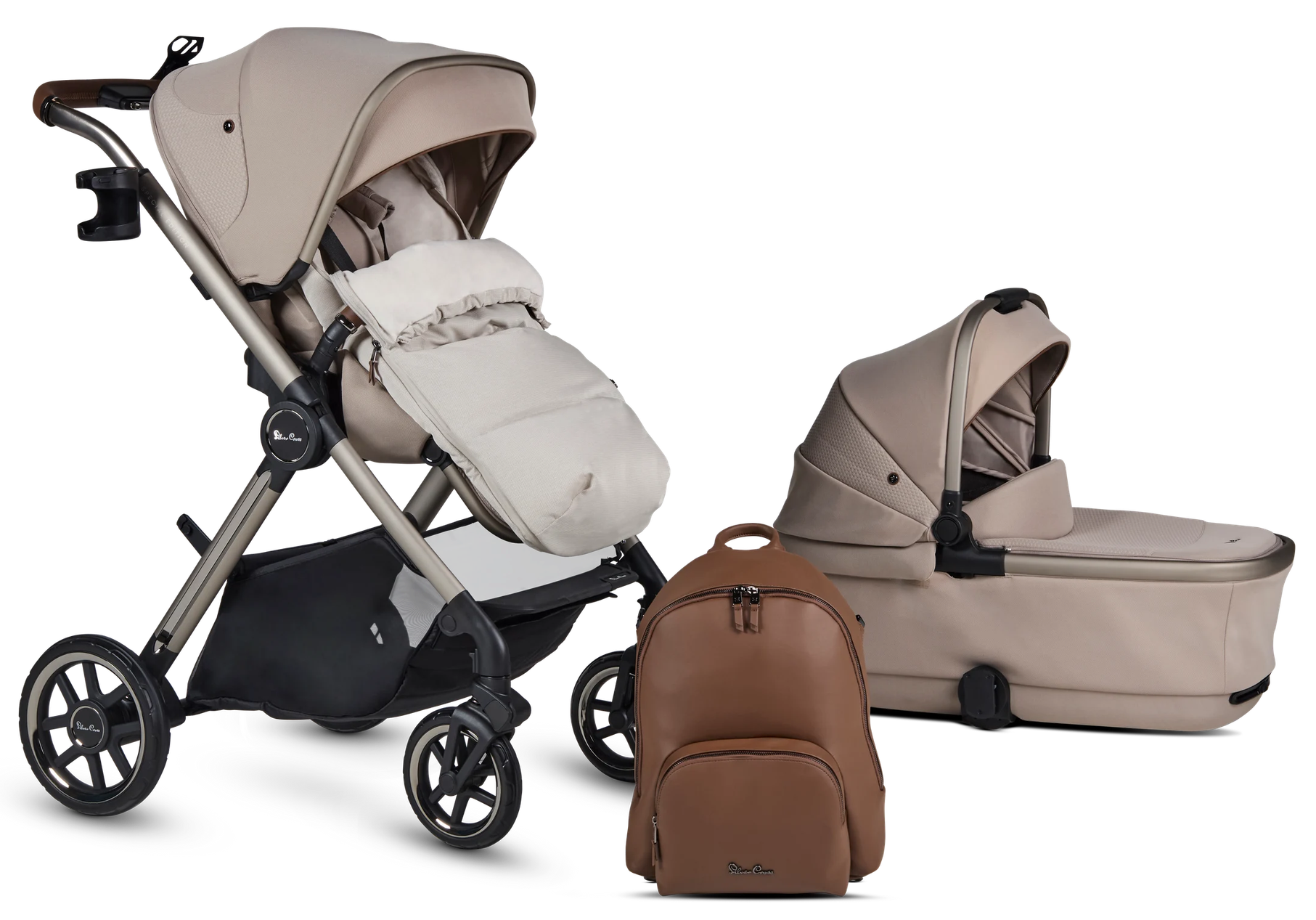
The example above is a Silver Cross Reef 2 SE
Carrycot: The carrycot is the piece you will use first. It allows your baby to lay completely flat and will provide shelter from the weather. Perfect for summer babies thanks to it's cooling shade and a must for winter babies to protect them from the wind and rain. A carrycot offers baby a natural, flat position for up to 6 months before they move in to the seat unit.
Car Seat Base (IsoFix Base): A Car Seat Base (or sometimes simply referred to as a Base) works in conjunction with an infant carrier to provide both convenience and improved safety. The vast majority of Car Seat Bases use the IsoFix system (IsoFix Base) with a Leg Prop for installation. This gives a very stable and secure platform for an Infant Carrier to be attached to. Rotating versions are becoming more common place and many offer modularity as they will also work with selected Next Stage Seats.

Chassis: The chassis is the frame of the pram.
ERF (Extended Rear Facing): Extended Rear Facing relates to a car seat that allows the child to continue to face rearward past the minimum required legal age.
Leg Prop: Leg props are designed to prevent forward rotation of the car seat in an accident. They feature an adjustable leg that fits in to the footwell of a car and it is common to find them on most car seats or car seat bases.
Infant Carrier: This is babies first car seat. An infant carrier can be identified by the handle and it's ability to pair up with a 2in1 or 3in1 (using an adaptor) to become a travel system. Infant carriers must be installed in a car rear facing and are suitable to approximately 15 months.
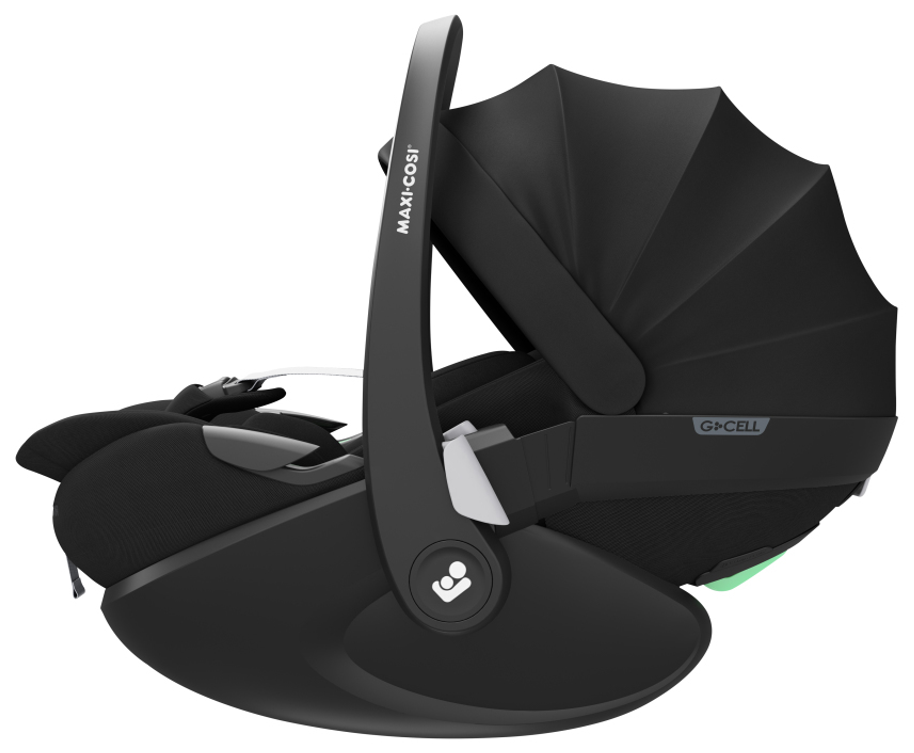
The example above is the Maxi-Cosi Pebble 360 Pro
iSize: iSize or R129 is the most recent regulation relating to car seats (of all stages). iSize replaced the previous standard R44 and was first introduced in 2013. iSize regulation changed the test criteria and minimum performance requirements for all car seats in order to ensure better compatibility with vehicles, easier installation and overall increased safety.
IsoFix: Often confused with iSize, IsoFix is a fitting system for car seats that does not require the use of a seat belt. Most vehicles have IsoFix fittings in them and they tend to be indicated by a label or plastic cover on the vehicles seats.

Modular Car Seat System: A modular car seat system is an IsoFix Base that will accommodate different car seats as your child grows. It means that even if the Infant Carrier you purchased may only last 15 months the base will accept a compatible seat and allow the base to keeping being used until 4 years or beyond. Many of these systems also allow for rotating bases and extended rear facing (ERF) travel.
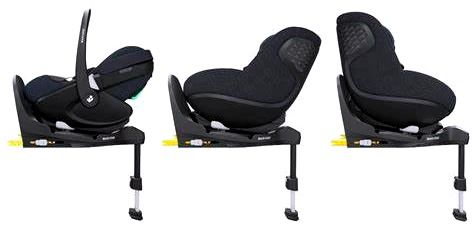
The example above shows the Maxi-Cosi FamilyFix 360 Pro Base being used with the Pebble 360 Pro and Pearl 360 Pro car seat in both rear and forward facing position.
Next Stage Seat: A next stage seat refers to a larger car seat for your child. As your child grows and is ready to move out of their infant carrier they will be moving in to their Next Stage Seat.
Overnight Sleep Safe: More and more Carrycots and being approved for Overnight Sleeping. This means that your little one can sleep for prolonged periods in the Carrycot unsupervised. Overnight Sleep Safe carrycots are handy for day time naps or for nights out away from home. They often feature improved ventilation for airflow, enhanced mattresses and overnight stands. Carrycots with stands are also a great idea for parents to be with animals in the house as it allows the carrycot to be kept up high away from pets.
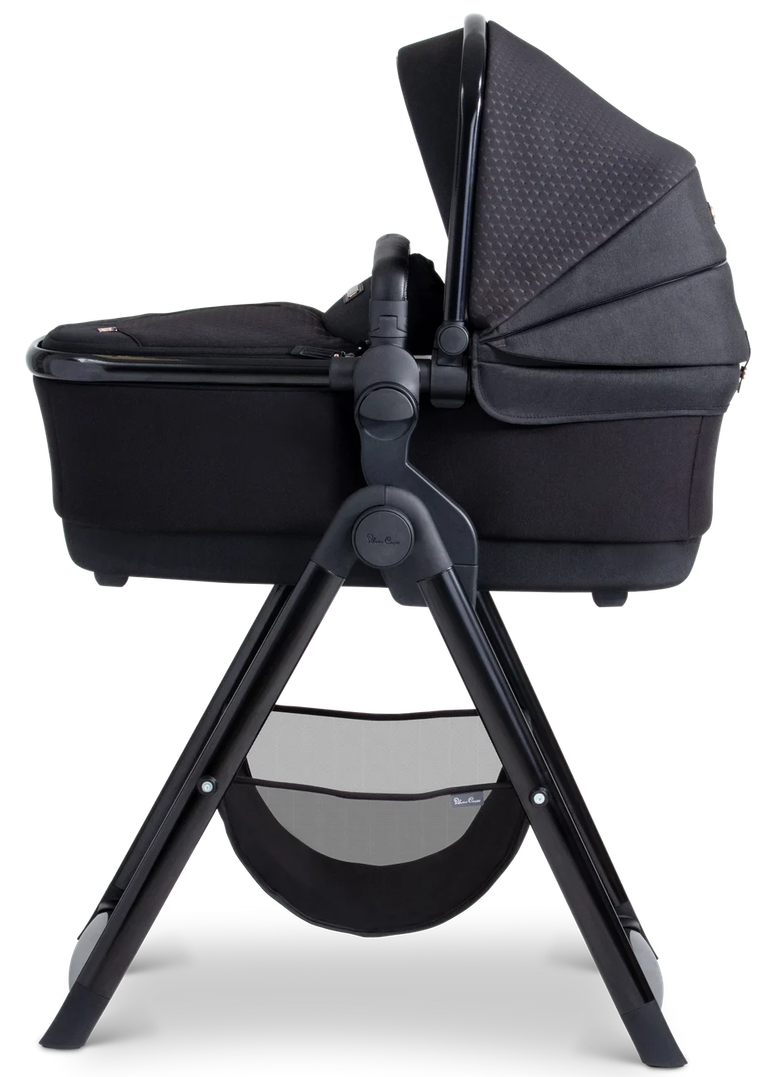
Parent Facing: This relates to the direction of travel for the stroller. Parent facing means the child's seat will be facing towards the pusher. This is popular for those first few months after coming out of the carrycot as it help with parent to child contact.
Seat Unit: A seat unit is is used once your little one comes out of their carrycot. Some prams fold with the seat unit attached and others must have the seat unit removed to fold. Typically they will accommodate a child up to 22kg in weight (approx 4 years).
Travel System: A travel system is simply a 2in1 or 3in1 that has a car seat that can be attached to the chassis. In order to attach a car seat to your chassis you will normally require an adaptor and these will be included with your travel system bundle.
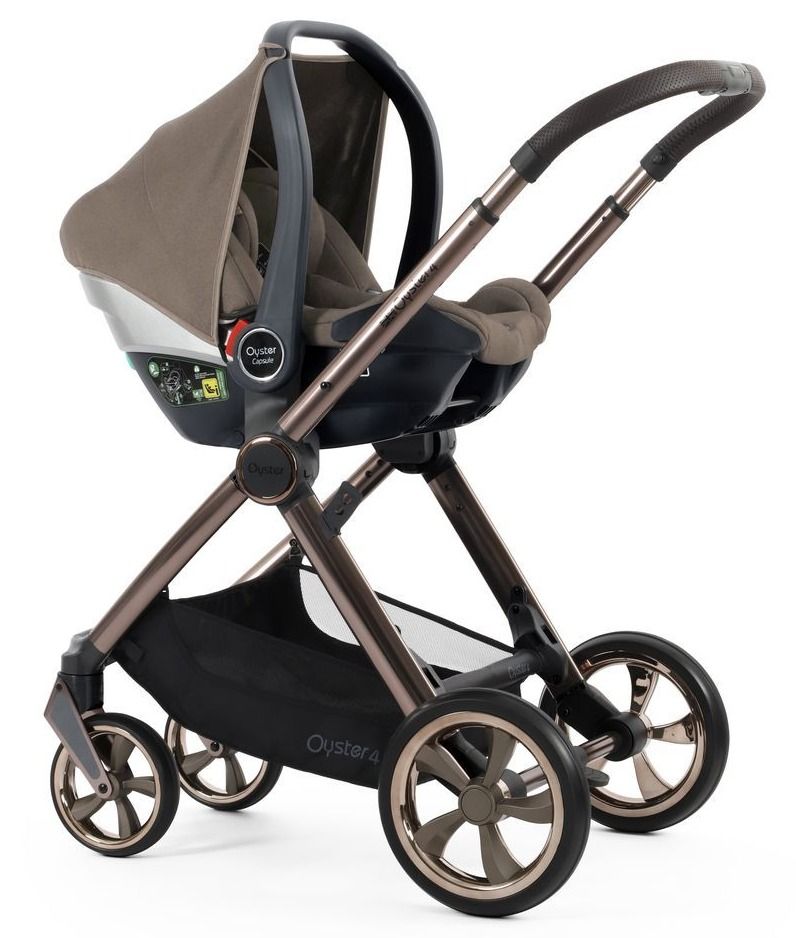
The example above is the Oyster4 with Capsule Car Seat attached
Top Tether: Some car seats feature a top tether system instead of a leg prop (see above). Just like the leg prop the top tether is designed to prevent forward rotation of the car seat in an accident. They are useful in some vehicles where a leg prop is not appropriate. An example of this would be when a vehicle has an underfloor storage compartment or where access is required across the footwell of the vehicle (as there is no leg prop blocking the path). Top tether seats feature a strap that attaches to a 3rd anchor point located at the rear of the vehicle. Top tether seats are not as common as Leg Prop seats.

World Facing: This relates to the direction of travel for the stroller. So, world facing means the child's seat will be facing away from the pusher and facing the world. World facing would normally follow parent facing at around 12 months old. World facing is the opposite to parent facing above.
Have we missed something? Let us know by emailing store@pramland.co.uk and our team will add it our guide.


